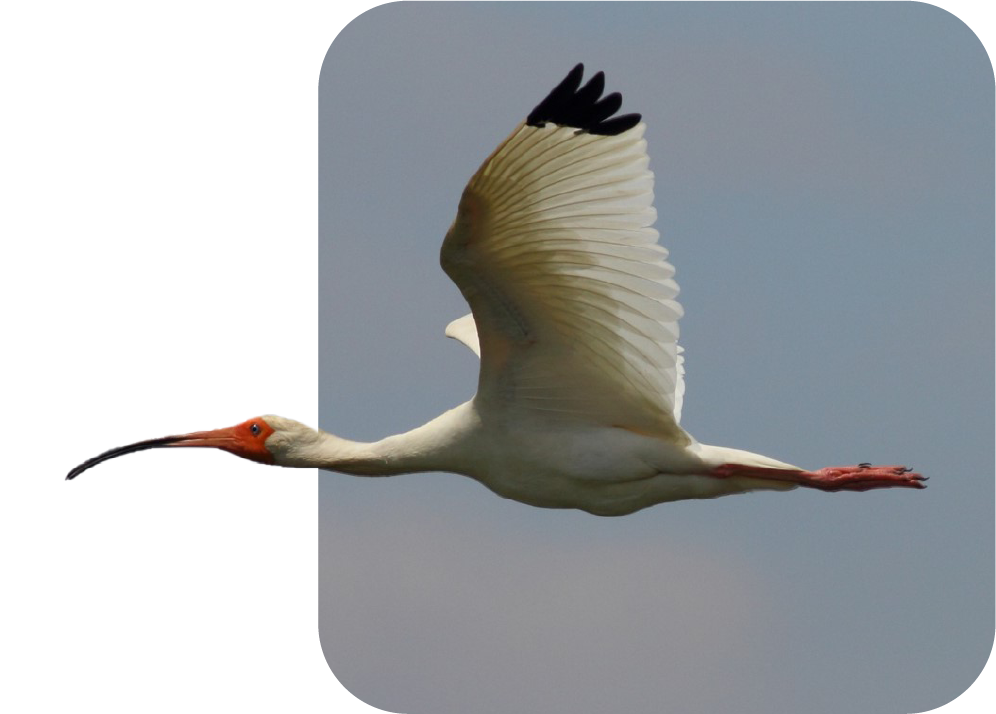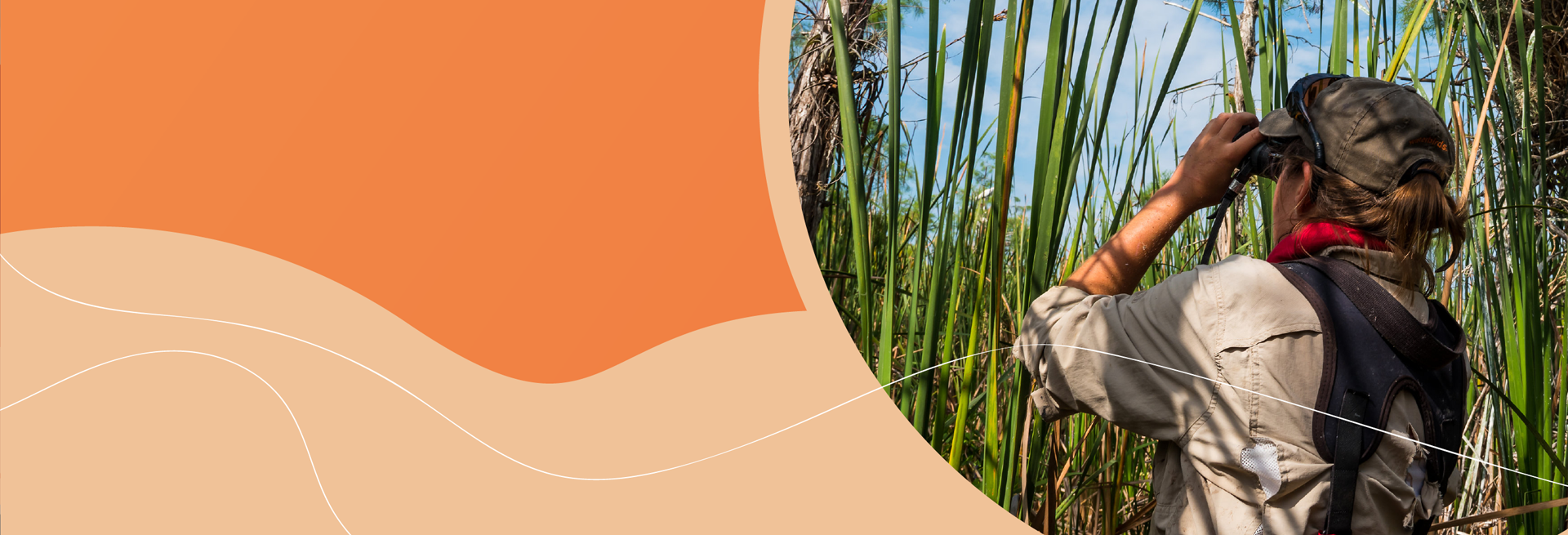For the wading birds of South Florida — like wood storks, ibises, herons and egrets — the delicate water balance of the Everglades ecosystem is critical to their survival. It impacts their ability to find food during the wet season and successfully nest in the dry season.
Since 2005, scientists with FAU’s Avian Ecology lab have monitored and studied the nesting colonies of these long-legged birds in the Everglades, including sites at Lake Okeechobee. As habitat loss and climate change threaten South Florida’s wetlands and wildlife, the lab’s research plays an important role in management and restoration efforts.
“These high nesting events were an iconic feature of this historic Everglades system, and they’re indicators of the overall health of the Everglades,” said Michelle Petersen, Ph.D., an assistant research professor in the Charles E. Schmidt College of Science and principal investigator of the FAU Avian Ecology Lab. “As highly managed ecosystems, this research allows us to determine if we are managing the system correctly in order to provide habitat for these birds to successfully forage and produce young.” ⬥

All photography by Avian Ecology Lab
